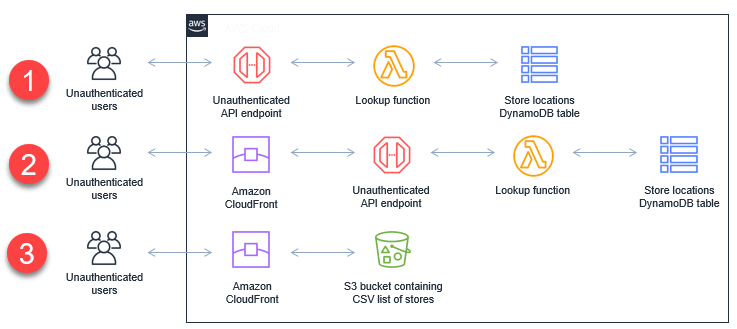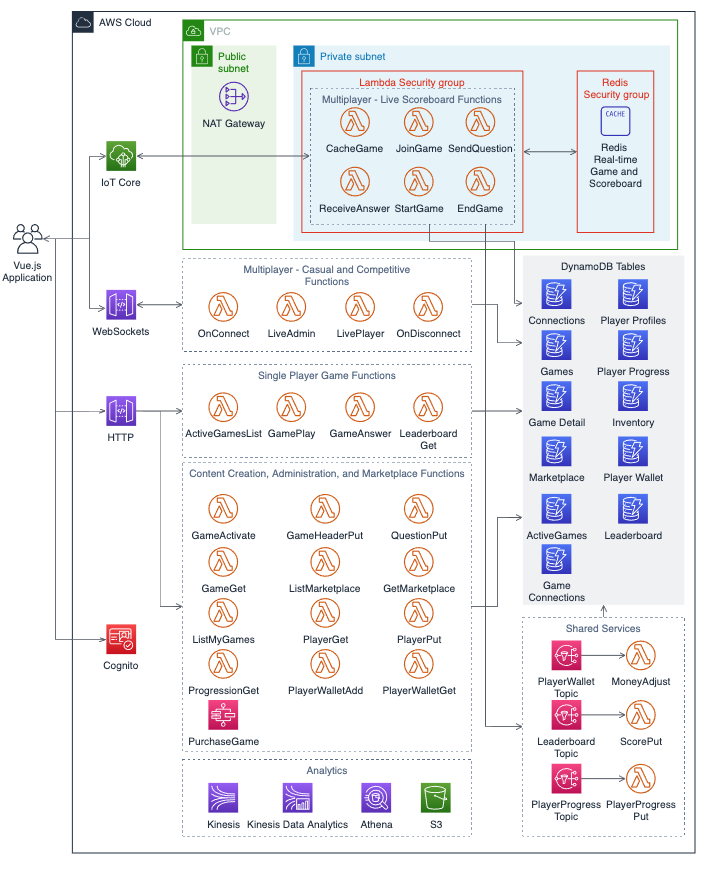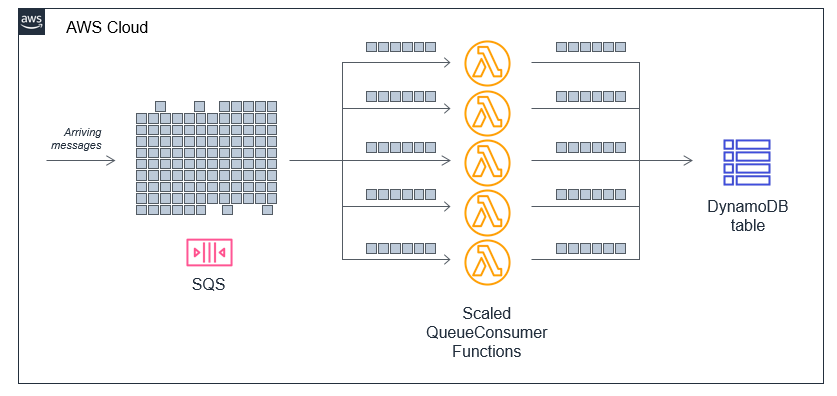AWS Compute Blog
Tag: serverless
Analyzing Freshdesk data using Amazon EventBridge and Amazon Athena
This post is written by Shashi Shankar, Application Architect, Shared Delivery Teams Freshdesk is an omnichannel customer service platform by Freshworks. It provides automation services to help speed up customer support processes. The Freshworks connector to Amazon EventBridge allows real time streaming of Freshdesk events with minimal configuration and setup. This integration provides real-time insights […]
Using AWS X-Ray tracing with Amazon EventBridge
X-Ray is a powerful tool for providing observability in serverless applications. With the launch of X-Ray passive tracing in EventBridge, this allows you to trace requests across distributed applications more easily.
Caching data and configuration settings with AWS Lambda extensions
This post is written by Hari Ohm Prasath Rajagopal, Senior Modernization Architect and Vamsi Vikash Ankam, Technical Account Manager In this post, I show how to build a flexible in-memory AWS Lambda caching layer using Lambda extensions. Lambda functions use REST API calls to access the data and configuration from the cache. This can reduce […]
Operating Lambda: Building a solid security foundation – Part 2
In this blog post, I explain how to secure workloads with public endpoints and the different authentication and authorization options available. I also show different approaches to exposing APIs publicly.
Building a serverless multi-player game that scales
This post introduces the Simple Trivia Service, a single- and multi-player game built using a serverless-first architecture on AWS. I cover different solutions that you can use to enable connectivity from your game client to a serverless-first backend for both single- and multi-player games.
Operating Lambda: Building a solid security foundation – Part 1
This post explains the Lambda execution environment and how the service protects customer data. It covers important steps you should take to prevent data leakage between invocations and provides additional security resources to review.
Operating Lambda: Application design – Part 3
This post discusses choosing and managing runtimes, the effect on performance, and how you can use multiple runtimes within a single serverless application. It explains the networking model and whether a Lambda function must have access to a customer VPC or can run with the default VPC configuration. It also compares the different invocation modes for Lambda functions.
Extending SaaS products with serverless functions
As customers increasingly use SaaS solutions in their businesses, they want the same customization and extensibility available in on-premises solutions. SaaS partners have developed APIs and integration hooks to help address this need. For more sophisticated customization, products enable custom code to run within their SaaS workflows.
Operating Lambda: Application design – Scaling and concurrency: Part 2
This post explains scaling and concurrency in Lambda and the different behaviors of on-demand and Provisioned Concurrency. It also shows how to use service integrations and asynchronous patterns in Lambda-based applications. Finally, I discuss how reserved concurrency works and how to use it in your application design.
Configuring private integrations with Amazon API Gateway HTTP APIs
This post was written by Michael Hume – AWS Solutions Architect Public Sector UKIR. Customers often want to use Amazon API Gateway REST APIs to send requests to private resources. This feature is useful for building secure architectures using Amazon EC2 instances or container-based services on Amazon ECS or Amazon EKS, which reside within a […]








